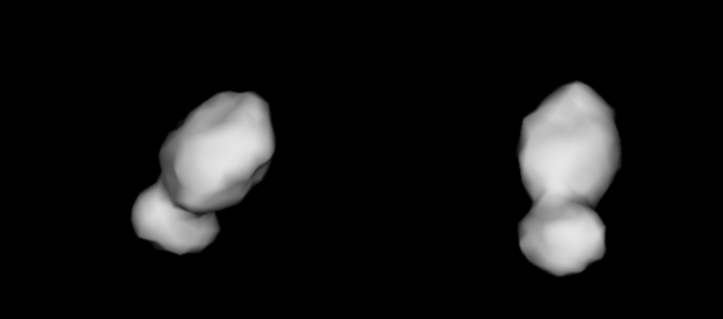I am going to give Mastodon another shot and try to get active here :) Goal: post one cool (at least to me) thing per day.
Lets begin: last week I was at the Asteroid Radar Modeling Workshop in Spain (https://sites.google.com/view/armw25/) where I learned a lot about planetary radar data and started working on asteroid shape modeling based on said data.
Attached the fruit of my labors - my WIP shape model for the near-Earth asteroid Agni. Not yet perfect - I will continue refining it!
10/10 workshop!

ARMW '25
Welcome to the Asteroid Radar Modeling Workshop 2025! The Asteroid Radar Modeling Workshop '25 (ARMW25) is a workshop that will provide the opportunity to learn the use of the tool SHAPE (Magri et al. 2007 and other references; see "Resources" page) to develop asteroid shape models from radar and
